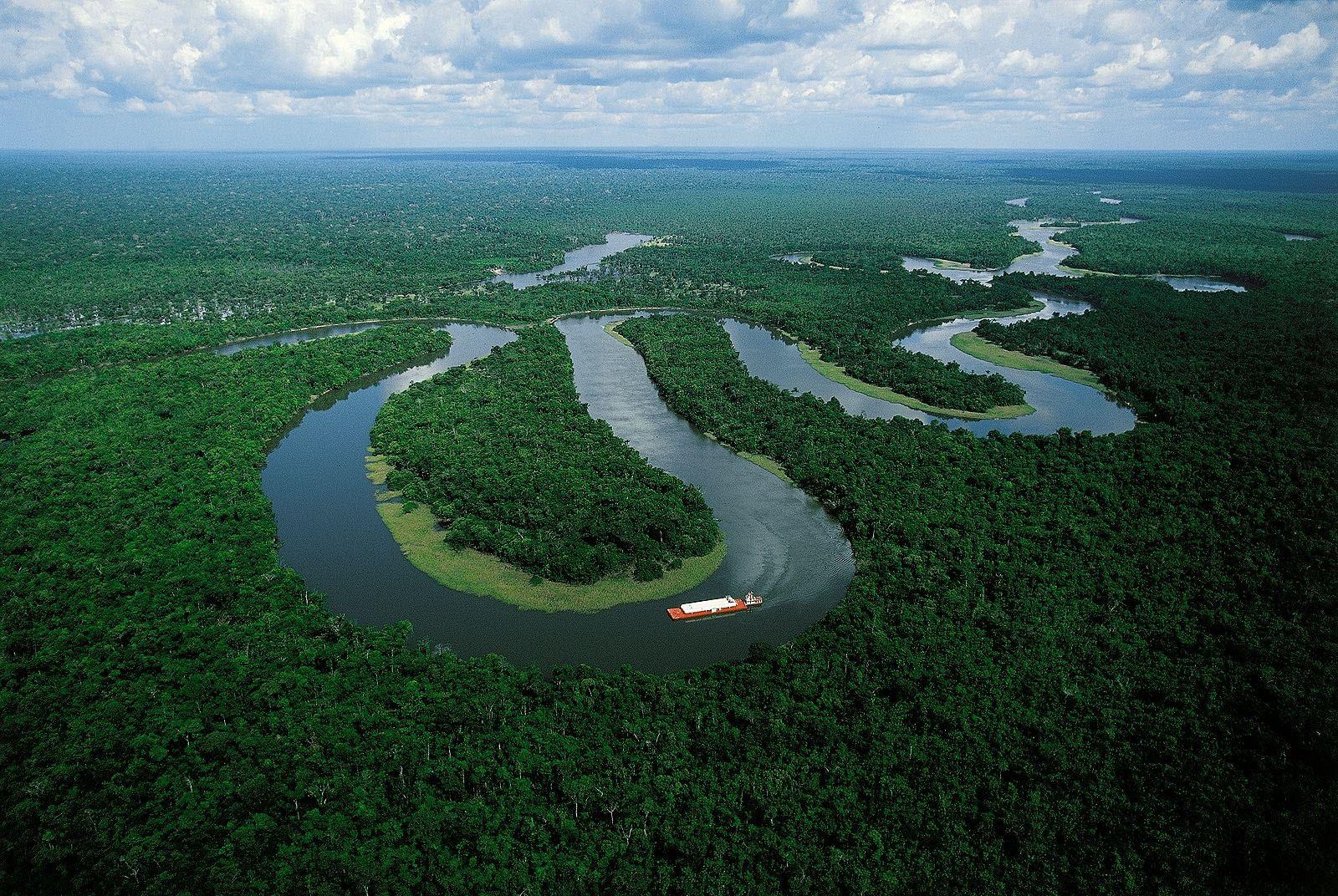
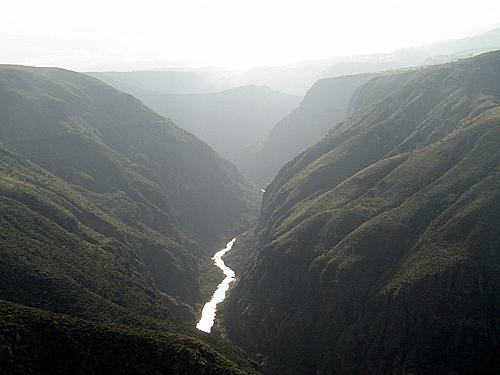
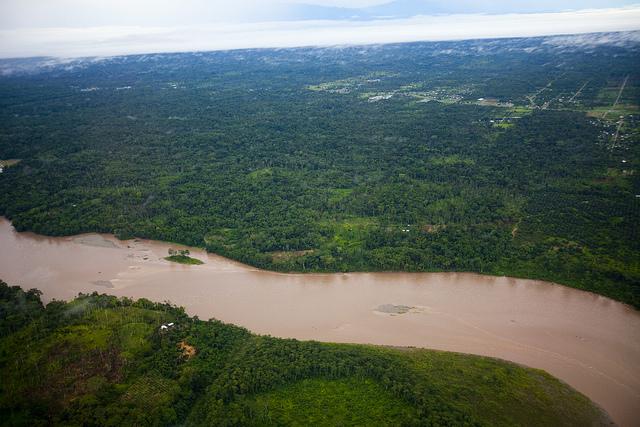
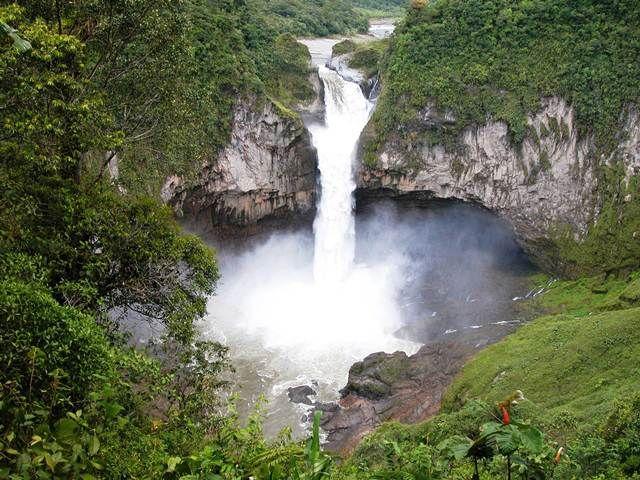
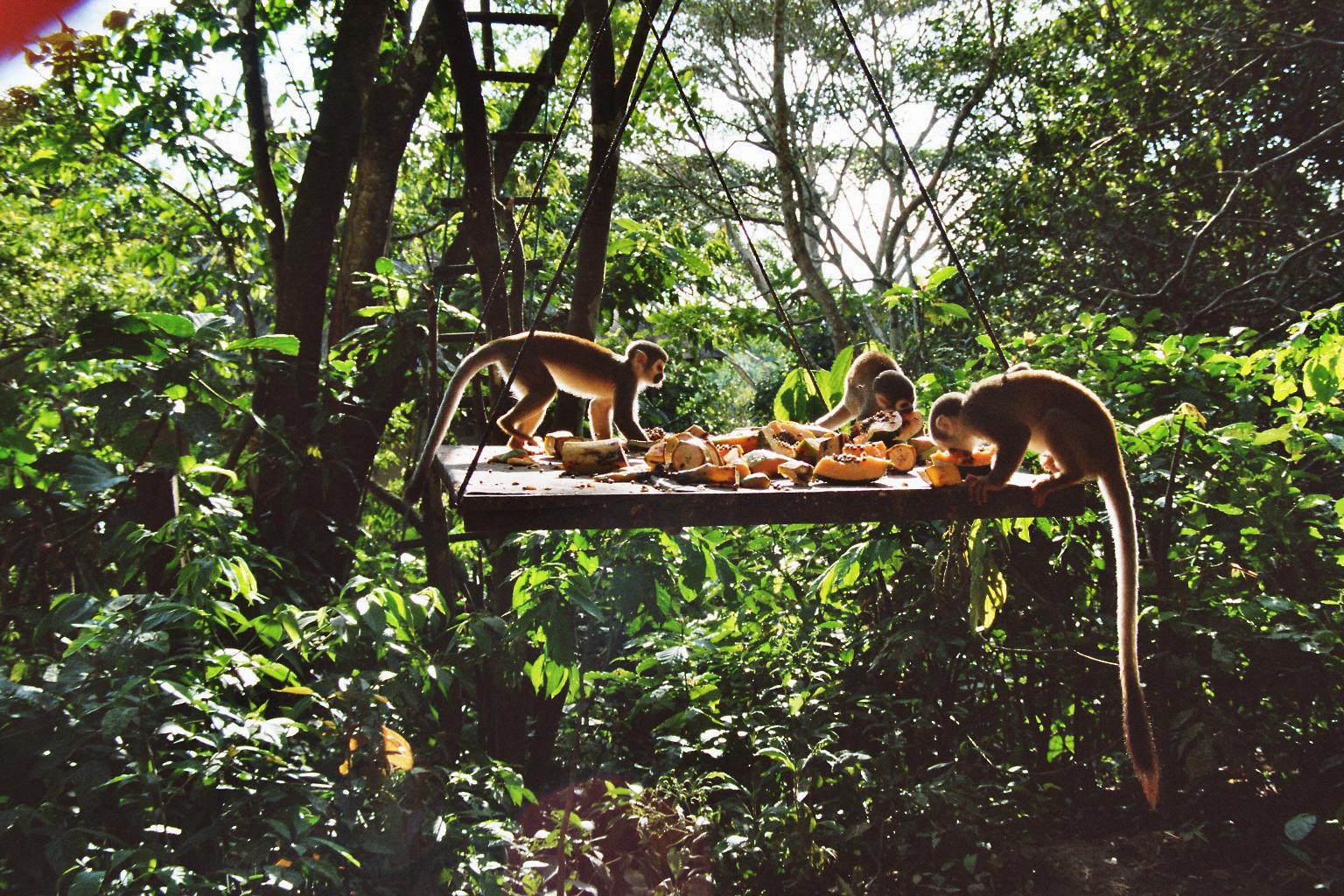
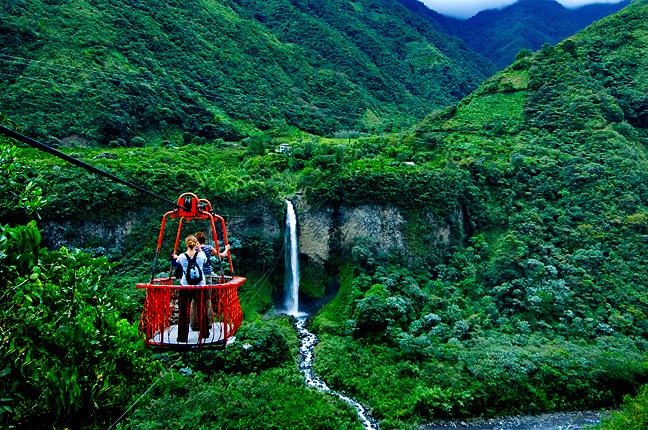
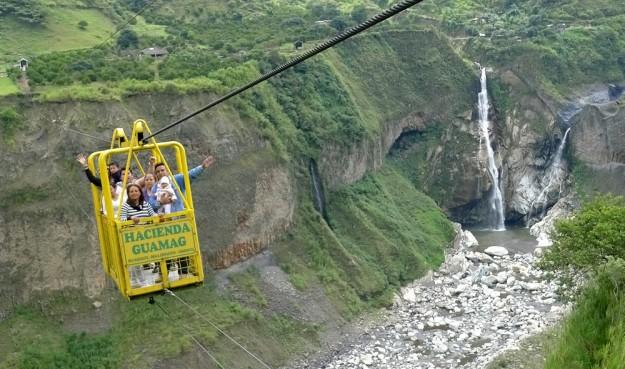
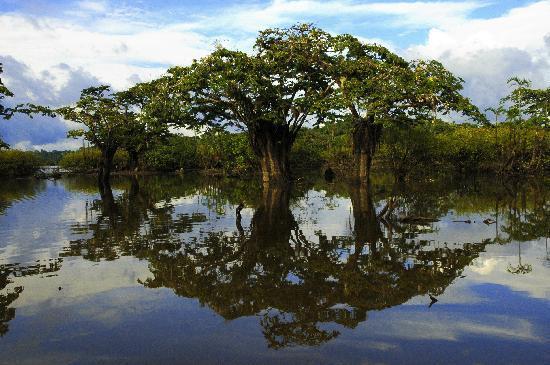
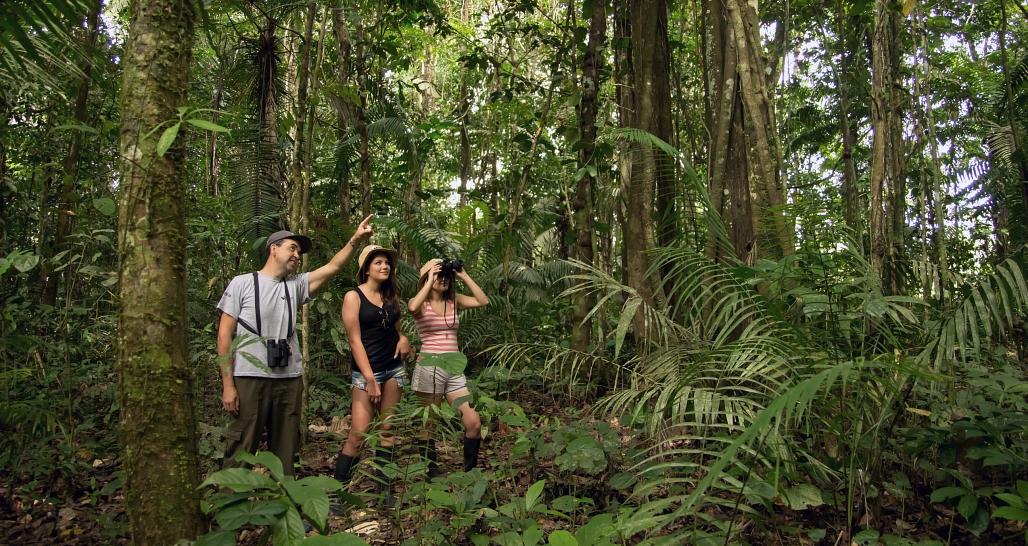
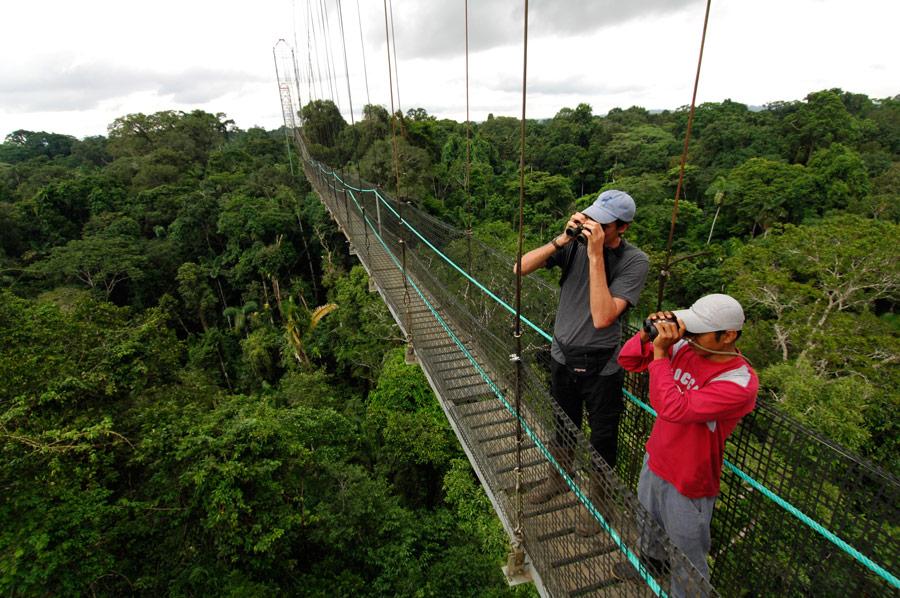
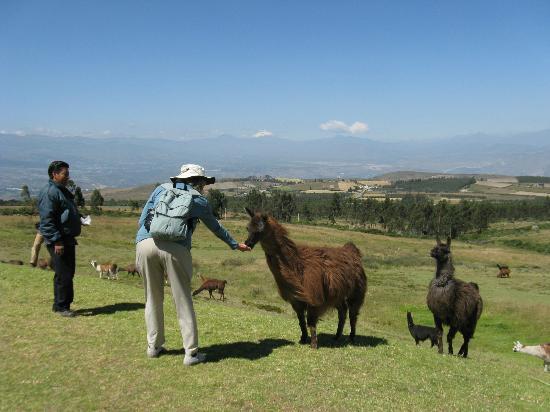
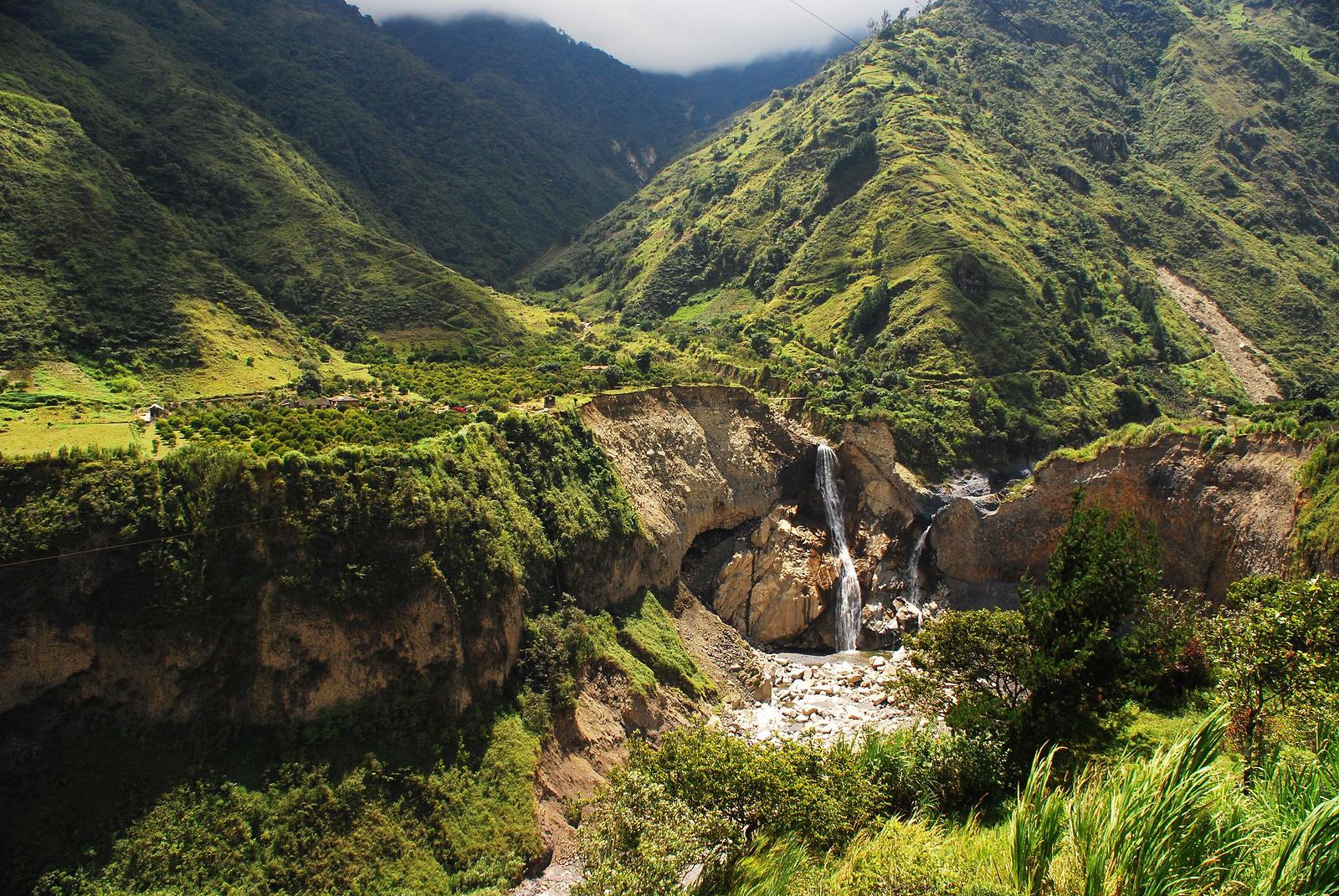
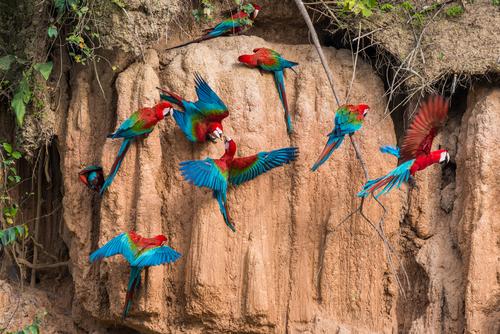
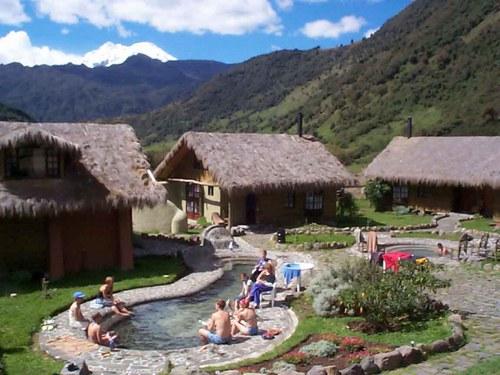
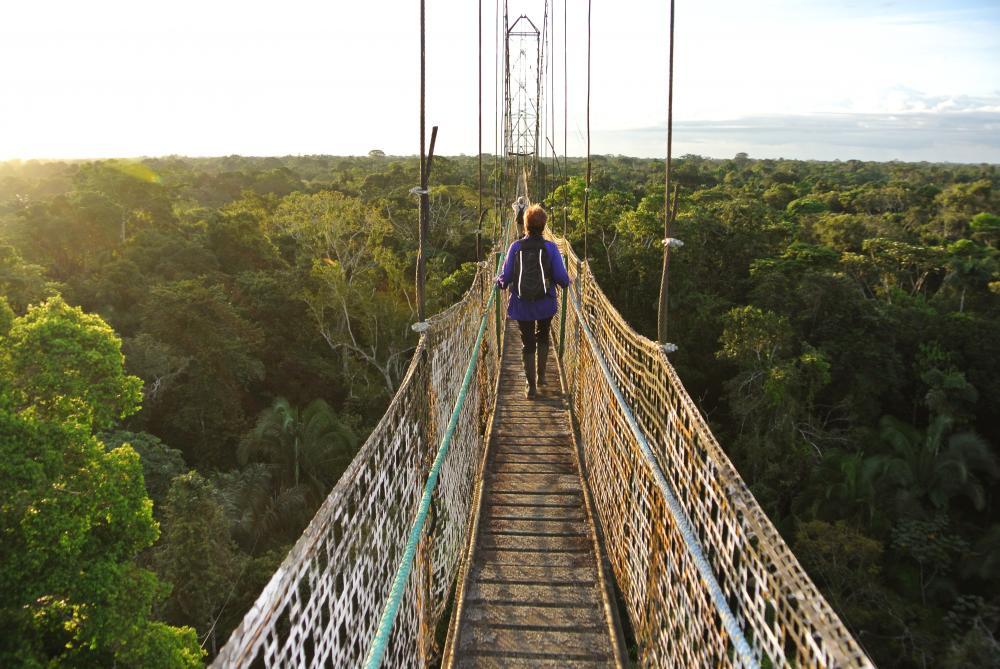
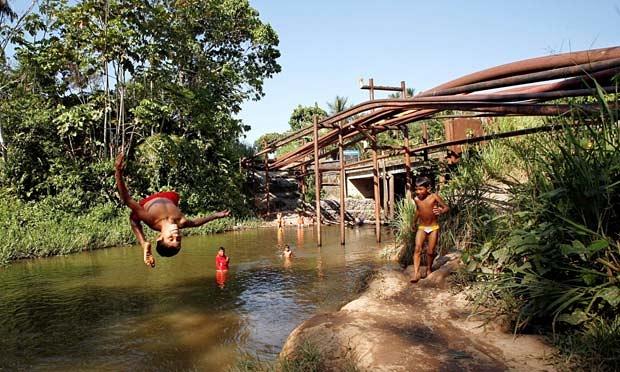
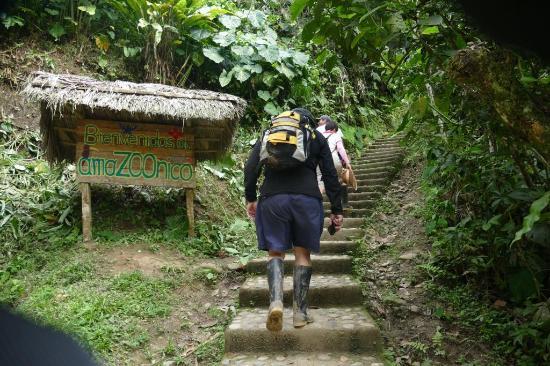
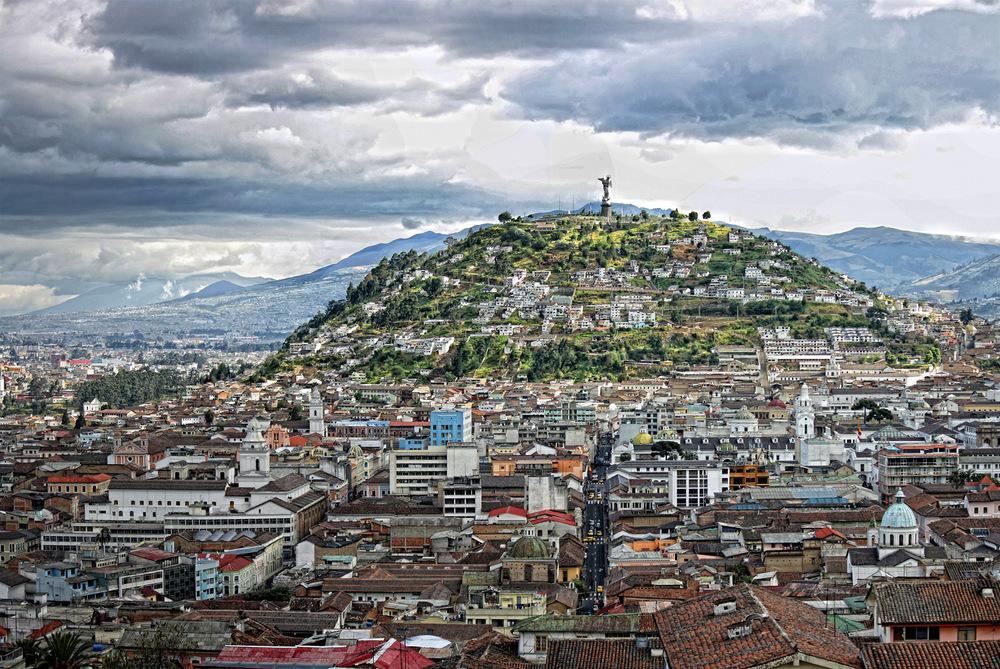
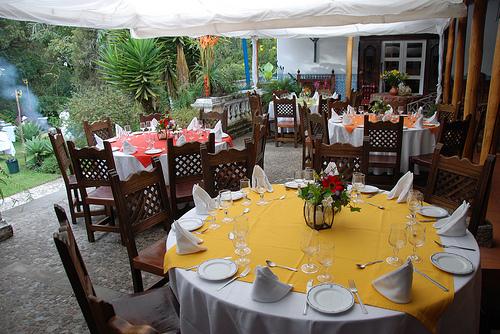
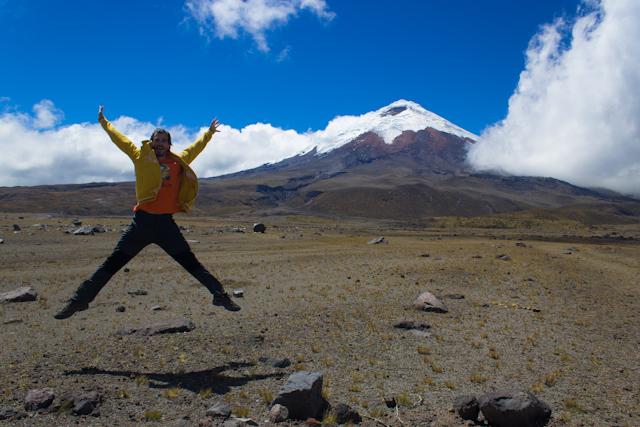
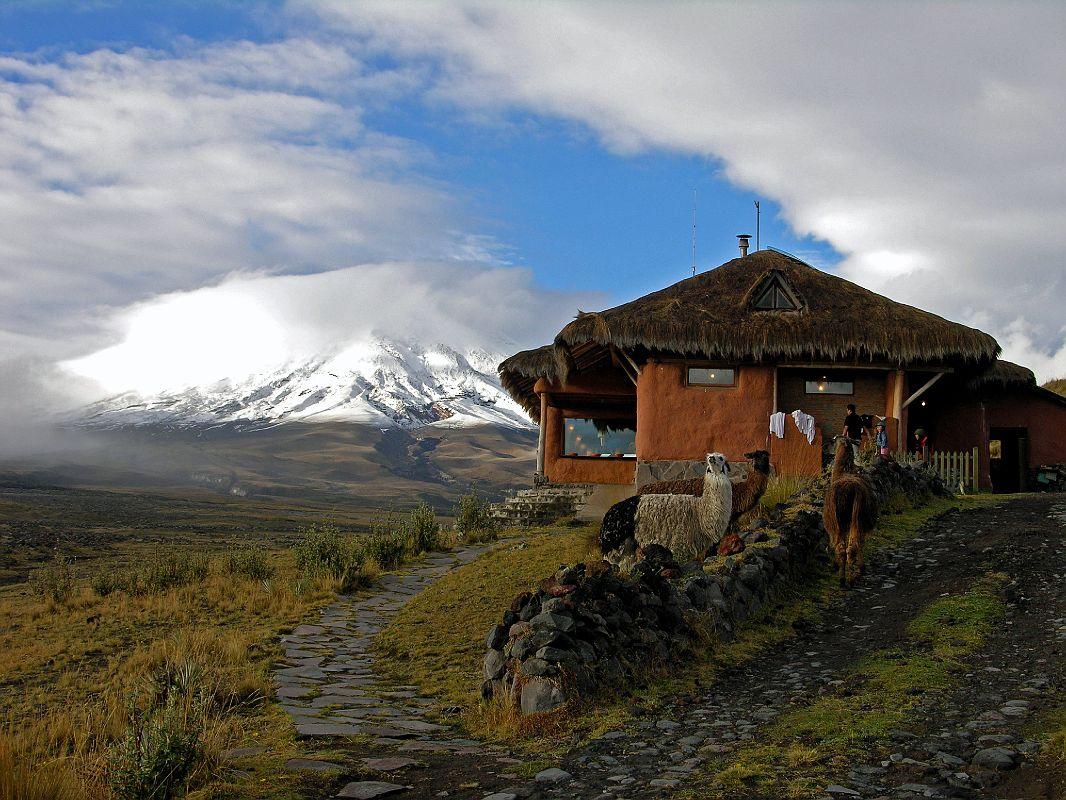
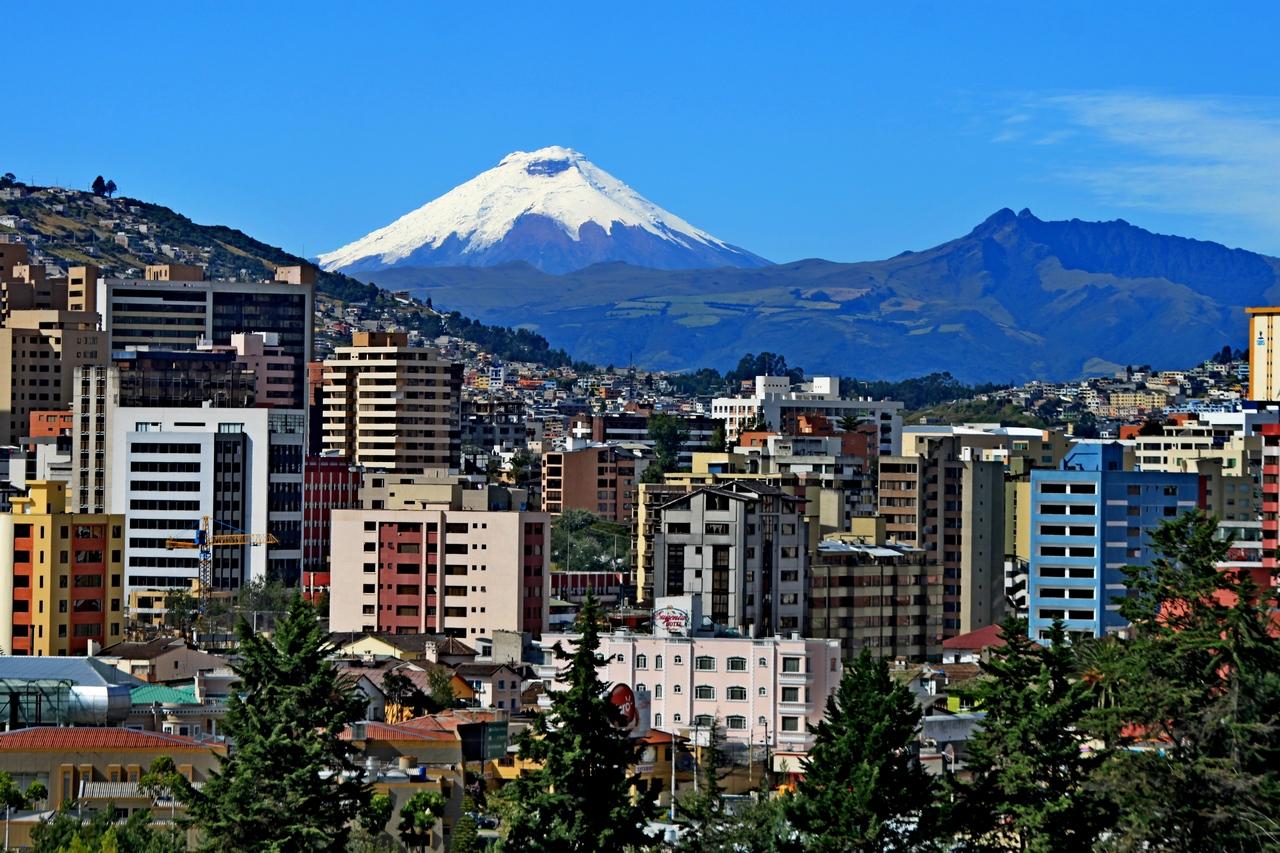
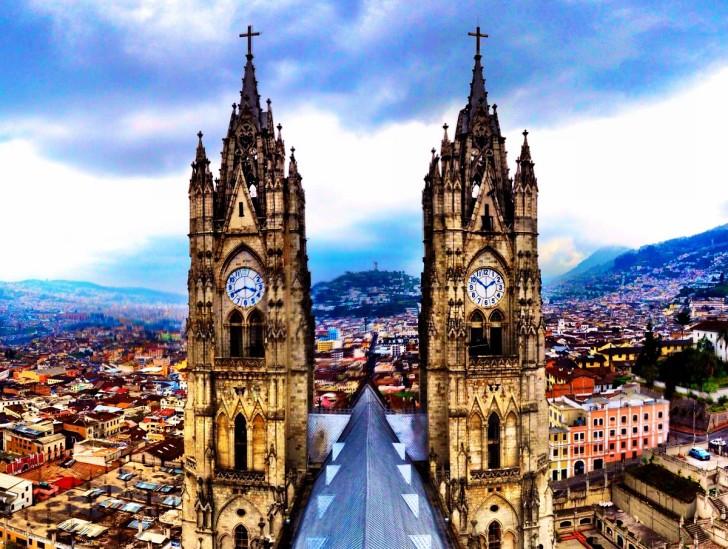
Beginning as an icy rivulet high in the Andes, the Amazon flows for nearly 4,000 miles through the streaming jungle of South America. The traveler who traces its course today feels the same insignificance before its immensity as did Francisco de Orellana, the Spanish conquistador who first made the journey more than four centuries ago.
High in the snow-swept Andes of Peru, more than three mile above the sea level, a blue-tinted glacier clings to the face of a mountain. Wind shrieks through icy crags, and every few moments the glacier rumbles and booms as it inches its way down the slope. From the lower edge of the icefield, a tiny rivulet tumbles out. It looks like any mountain stream, yet this is the beginning of the greatest river in the world. For here, on the frozen roof of South America, only seventy miles from the Pacific Ocean, the titanic Amazon is born.
Ice-cold and crystal-clear, the Amazon at its source is only ankle-deep. But, as it cascade down, other rivulets race to join it. It picks up speed. Soon it is a fully fledged river, churned muddy brown by its furious descent. For hundreds of miles, it roars through mountain gorges. Then, with explosive force, it bursts into the green hell of the jungle below.
As the Amazon surges across the torrid wildness, hundreds of tributaries pour their waters into it. Torrential rains swell the flood. Now the Amazon is no longer a river; it is, instead, a moving inland sea that drains nearly half of South America. The Amazon known no channels; it tolerates no obstacle; it rips away its banks with brutal fury to pour its turbid waters across thousands of square miles of jungle, drowning and obliterating everything that stands in its way. In places, its ultimate banks are sixty miles apart; the main channel itself is often so wide that you cannot see the far shore. So great is the river’s power that even when it reaches the Atlantic, the Amazon refuses to die: it flood the ocean with fresh muddy water for up to hundred miles offshore.
Everything about the Amazon is colossal. Its basin, estimate at 2.7 million square mile, spans six countries – most of Brazil, as well as portions of Bolivia, Peru, Ecuador, Colombia and Venezuela. Only the Nile, 4,145 miles long, has a greater overall length than the Amazon, estimated at 3,900 miles. And the Amazon is by far the world’s longest river for navigation by ocean-going ships. Vessels make regular voyages all the way across Brazil and into Peru, a total distance of 2,300 miles.
Are you interested to know more about the farthest point on earth?
Let us hear from you at +91 33 4046 4646
Welcome to one of the smallest yet most biodiverse countries in South America. Ecuador offers a panorama of scenery and climates—from the Pacific Coast to the rainforest and the Amazon to the high slopes of the Andes. Upon arrival in Quito you will be met by your Cosmos representative, who will help you get acquainted with this fascinating city near the equatorial line.
Begin your day with a city sightseeing TOUR that showcases colonial Quito, one of the best preserved historic areas in South America. A walk through Old Town Quito with your guide introduces you to the first city named a UNESCO World Heritage City back in 1978. Stop in Independence Square to see the Government Palace and Archbishop’s Palace as well as the cathedral. In San Francisco Square, see La Compañia Church, one of the most beautiful in Quito with its ornate façade and San Francisco Church. Your afternoon is free to explore on your own; your Tour Director is sure to offer suggestions. (B)
Depart Quito and head north past often snow-capped Cayambe Volcano, rising 19,000 feet in altitude. In fact, the Equatorial Line crosses the slope of this immense volcano, which is the highest and only point worldwide that the Equatorial Line is covered with snow. Visit COCHASQUÍ RUINS, the largest Pre-Columbian archaeological site in Ecuador, believed to be a ceremonial and astronomical site dating back to 900 AD. During your tour, learn about the theories on this site, where 15 pyramids and 21 tombs have been uncovered. Continue to Otavalo’s famous INDIAN MARKET, considered one of the best in South America, full of textiles, clothes, vegetables, and much more. Stay at a traditional hacienda, and enjoy a COOKING CLASS to learn about Ecuadorian specialties before dinner. (B,D)
Head to the Andean village famous for its healing hot springs, Papallacta, where hot water naturally flows from the Andes. First, stop at the working ROSE PLANTATION, where Ecuador’s main export is harvested year-round. The combination of volcanic soil, natural hot springs, equatorial sun, and cool nights makes this region a perfect place for growing the world’s most beautiful roses. Continue to your lodge and relax in one of their nine thermal pools and three cold-water pools. Heated from the Earth’s core due to its proximity to nearby volcanoes, these thermal waters are known for their curative properties. (B)
Crossing over the Andes, follow in the footsteps of Francisco de Orellana, the first European to see the Amazon. Descend the eastern slope of the Andes into the jungle to the banks of the Napo River, where you will board a short CANOE RIDE downstream to your lodge, Casa del Suizo. Arrive at this tranquil Amazonia refuge, surrounded by tropical rainforest, and enjoy a welcome drink by the pool before dinner. (B,D)
This morning, cruise down the Napo River on a dugout CANOE with your Naturalist to an area for a NATURE WALK to search for tropical birds, monkeys, capybaras, and other animals commonly found here. Also visit the AMAZOONICO, a rescue center developed to rehabilitate rainforest animals. Here you can see coatis, tapirs, monkeys, snakes, and birds. Later, take a WALK on a river island to search for a variety of plants and insects. Also visit the BUTTERFLY HOUSE to learn about their metamorphosis. (B,L,D)
Depart the Amazon region this morning for Baños, known for its famous hot springs that give the area its name. Baños is also called “Gate to the Orient” since its vegetation and climate are almost tropical due to its proximity to the rainforest. Small street cafés, restaurants, and gift shops invite you to enjoy a stroll around the town. Check into your hacienda and relax in the mild mountain climate. (B)
Today you will enjoy a free day at leisure. Baños is the perfect spot for outdoor activities. Your Tour Director will be happy to help you choose the right one. (B)
Pass through the “Avenue of the Volcanoes,” which winds its way through the Andean Mountain chain to COTOPAXI NATIONAL PARK, a highland zone protected since 1975. On a WALK near Lake Limpiopungo you will have the chance to learn about the typical vegetation and fauna found in the area. Enjoy breathtaking views of Cotapaxi Volcano, standing over 19,000 feet in elevation. Stay overnight in a typical hacienda found in the area, and enjoy a farewell dinner hosted by your Tour Director this evening. (B,D)
Transfer to the Quito International Airport, where your vacation ends. (B)
For assisted tour booking and customization according to your requirement, please call: +91 33 4046 4646
Price on request
Sightseeing:
In Quito, Cochasquí, Otavalo, Papallacta, Ecuador’s Amazon, Baños, and Cotopaxi. Inside visits as shown in UPPERCASE in the tour description, including admission charges where applicable.
Scenic Highlights:
Quito, Cochasquí, Otavalo, Papallacta, Ecuador’s Amazon, Baños, and Cotopaxi.
Local Guides for sightseeing in Quito, Otavalo, Papallacta, Ecuador’s Amazon, Baños, and Cotopaxi; services of a professional Tour Director.
QUITO Grand Mercure Alameda (F)
OTAVALO Hacienda Chorlavi (MF)
PAPALLACTA Hotel Termas de Papallacta & Spa (F)
ECUADOR’S AMAZON Casa del Suizo (MF)
BAÑOS Hacienda Leito de los Llanganates (MF)
COTOPAXI Hacienda la Cienega (MF)
Transportation:
Private, deluxe air-conditioned motorcoach while touring.
Meals:
9 breakfasts, 1 lunch, and 4 dinners
As suggested and to be customized as per request

Terms & Conditions Apllied
For assisted tour booking and customization according to your requirement, please call: +91 33 4046 4646
 Loading..
Loading..